Introduction to gun drawing
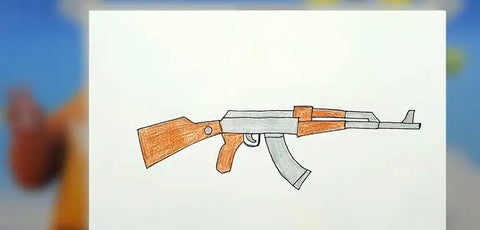
Drawing guns can be a challenging yet rewarding endeavor for artists of all skill levels. Whether you're a beginner looking to improve your technique or an experienced artist seeking to add a new skill to your repertoire, mastering the art of gun drawing can open up a world of creative possibilities. In this comprehensive guide, we will explore the importance of mastering gun drawing technique, understand the basics of gun anatomy, and provide you with a step-by-step guide to drawing a gun.
The importance of mastering gun drawing technique

Mastering the technique of drawing guns is crucial for any artist who wishes to create realistic and visually striking artwork. A well-drawn gun can convey power, elegance, and precision, while a poorly executed drawing can lack impact and accuracy. By honing your gun drawing skills, you will not only enhance your ability to create realistic images but also improve your overall artistic proficiency. The discipline required to accurately depict the complex shapes and contours of a gun will strengthen your understanding of form, perspective, and shading, enabling you to tackle a wide range of subjects with confidence.
Understanding the basics of gun anatomy

Before diving into the process of drawing a gun, it's essential to have a basic understanding of its anatomy. Familiarize yourself with the main components of a gun, such as the barrel, slide, grip, trigger, and sights. Pay attention to the proportions and relationships between these elements, as they vary depending on the type of gun you're drawing. Researching and studying different types of guns will not only help you become more knowledgeable about firearms but also provide you with a solid foundation for creating accurate and realistic gun drawings.
A step-by-step guide to drawing a gun
Now that you understand the importance of mastering gun drawing technique and have a grasp of gun anatomy, let's dive into a step-by-step guide to drawing a gun. Start by sketching the basic shape of the gun using light, loose lines. Pay attention to the overall proportions and angles. Next, add details such as the trigger guard, slide, and sights. Gradually refine your drawing, focusing on capturing the subtle curves, contours, and textures of the gun. Use shading techniques to create depth and three-dimensionality. Pay close attention to highlights and shadows, as they will add realism to your drawing. Finally, add any additional details or embellishments to make your gun drawing unique and personalized.

Adding realism to your gun drawings

To create truly realistic gun drawings, it's important to pay attention to the details. Study photographs or real guns to observe the unique features and textures. Take note of the reflection and shine on metal parts, the texture of the grip, and the intricate patterns or engravings. Use a variety of shading techniques, such as cross-hatching and stippling, to add depth and dimension to your drawing. Experiment with different pencils, ranging from soft to hard, to achieve various effects. Remember to study the play of light and shadow on the gun and use it to create a convincing illusion of three-dimensionality.
Tips for creating unique and artistic gun drawings
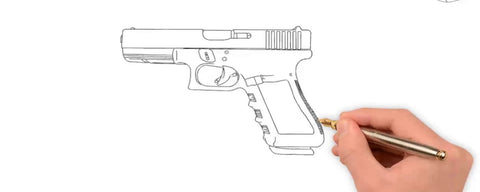
While accuracy and realism are essential in gun drawings, don't be afraid to inject your own creativity and style into your artwork. Here are some tips for creating unique and artistic gun drawings:
Experiment with different perspectives and angles to create dynamic compositions.
Explore different textures and materials to add interest and contrast.
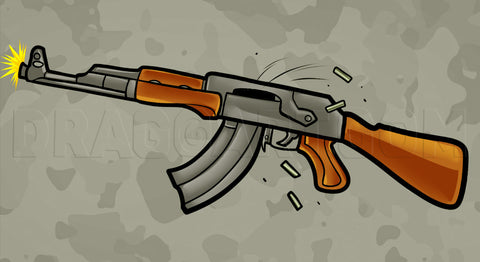 x
xIncorporate elements of fantasy or surrealism to create a captivating narrative.
Use unconventional color palettes to evoke emotions or convey a specific mood.
Combine elements from different guns or weapons to create one-of-a-kind designs.
Practice drawing guns from your imagination to develop your own visual language.
Exploring different styles of gun art
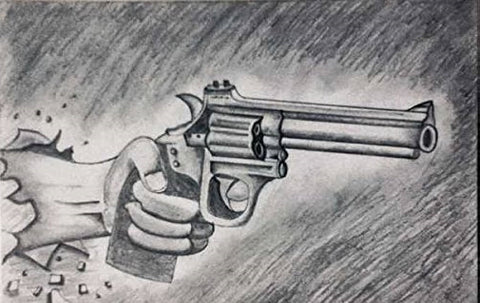
Gun art can take many forms and styles, ranging from realistic portrayals to abstract interpretations. Some artists prefer a hyper-realistic approach, meticulously capturing every detail, while others opt for a more stylized or impressionistic representation. Experiment with different styles and techniques to find the one that resonates with you. Explore the works of other artists for inspiration, and observe how they interpret guns in their unique styles. By expanding your horizons and exploring different artistic approaches, you will not only enhance your technical skills but also develop your artistic voice.
Using gun clipart and graphics in your artwork

If you're looking to incorporate gun imagery into your artwork but don't feel confident in your drawing skills just yet, consider using gun clipart or graphics. There are numerous online resources where you can find high-quality gun clipart and graphics that can be easily incorporated into your digital or traditional artwork. However, be mindful of copyright restrictions and always ensure that you have the necessary permissions to use these resources in your artwork. Using gun clipart and graphics can be a stepping stone towards developing your own drawing skills while still creating visually appealing and impactful artwork.
Showcasing your gun drawings—creating wall art and digital designs

Once you have mastered the art of gun drawing, it's time to showcase your creations. There are various ways to display and share your gun drawings, from creating wall art to designing digital graphics. If you prefer traditional mediums, consider framing your drawings and displaying them as wall art in your home or at local art exhibitions. You can also explore the world of digital art by scanning your drawings and editing them using graphic design software. This opens up opportunities to create digital prints, posters, or even merchandise featuring your gun drawings. Embrace both traditional and digital platforms to reach a wider audience and share your artistic vision with the world.
Resources for finding inspiration and improving your gun drawing skills
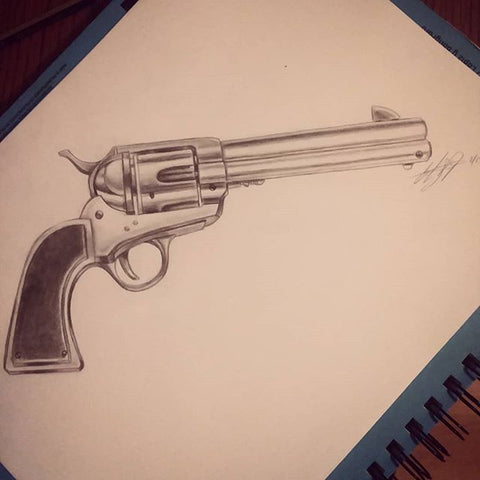
Drawing guns can be a complex and challenging skill to master, but there are numerous resources available to help you along the way. Online tutorials, books, and workshops dedicated to gun drawing can provide valuable insights and techniques. Additionally, art communities and forums are excellent places to connect with like-minded artists, share your work, and receive constructive feedback. Regular practice and continuous learning are key to improving your gun drawing skills, so make use of these resources to expand your knowledge and refine your technique.
Conclusion

Mastering the art of gun drawing requires dedication, practice, and a keen eye for detail. By understanding the fundamentals of gun anatomy, following a step-by-step guide, and incorporating your own unique style, you can create realistic and visually striking gun drawings. Whether you choose to display your artwork as wall art or explore the digital realm, the possibilities for showcasing your gun drawings are endless. Remember to continuously seek inspiration, experiment with different styles, and never stop honing your skills. With time and practice, you will master the art of gun drawing and create artwork that captivates and inspires. So, pick up your pencil, embrace the challenge, and let your creativity flow.

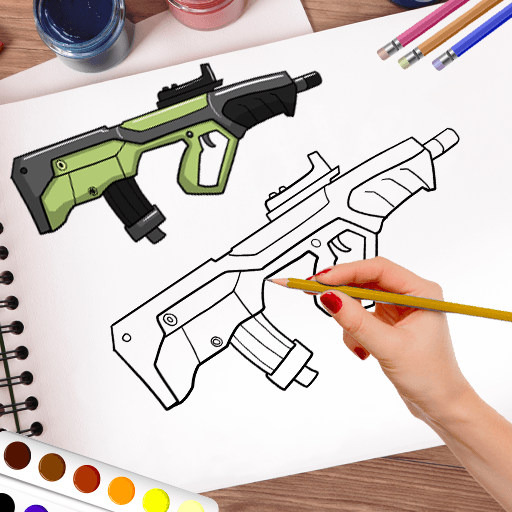

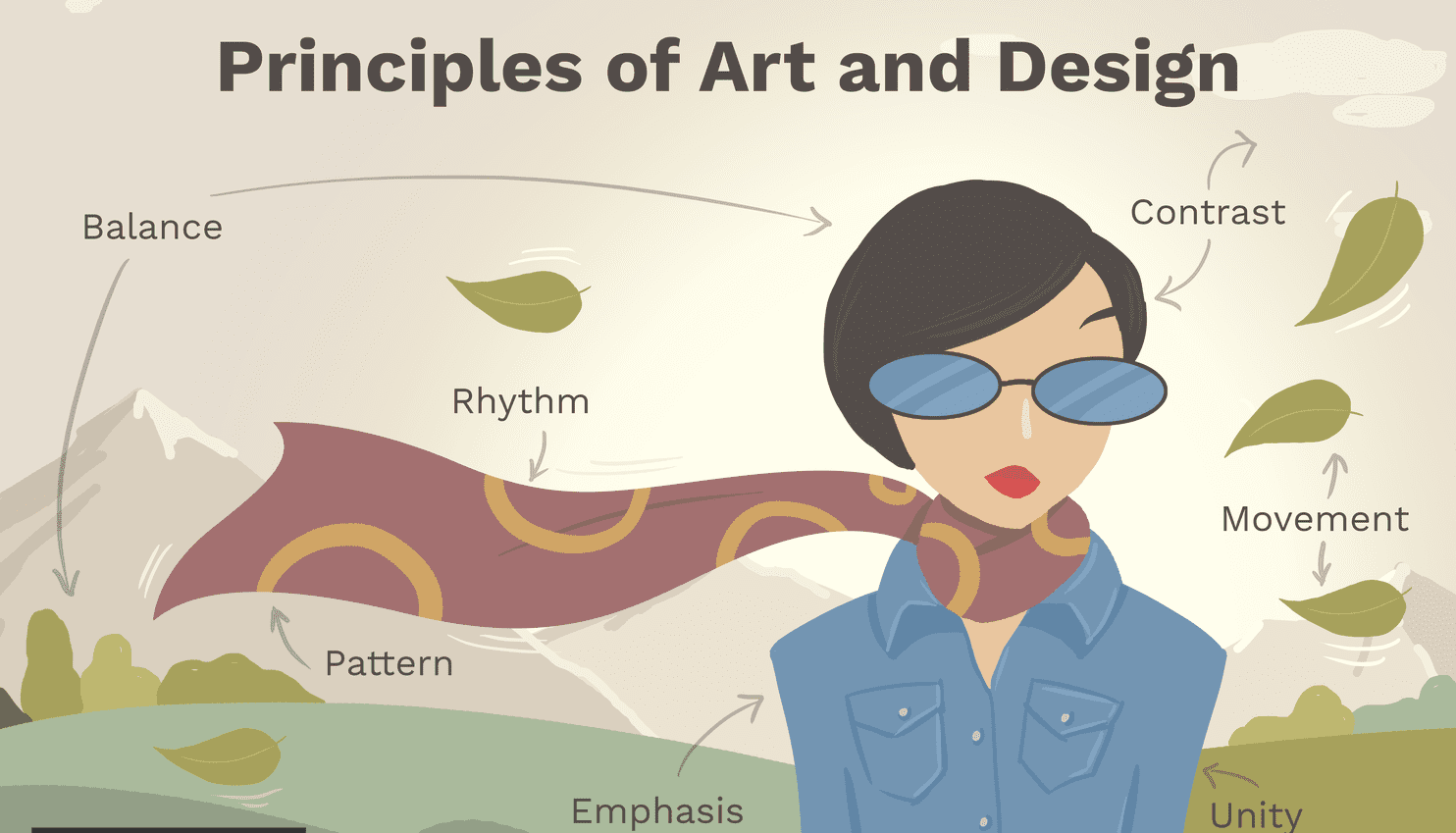



Leave a comment
All comments are moderated before being published.
This site is protected by hCaptcha and the hCaptcha Privacy Policy and Terms of Service apply.